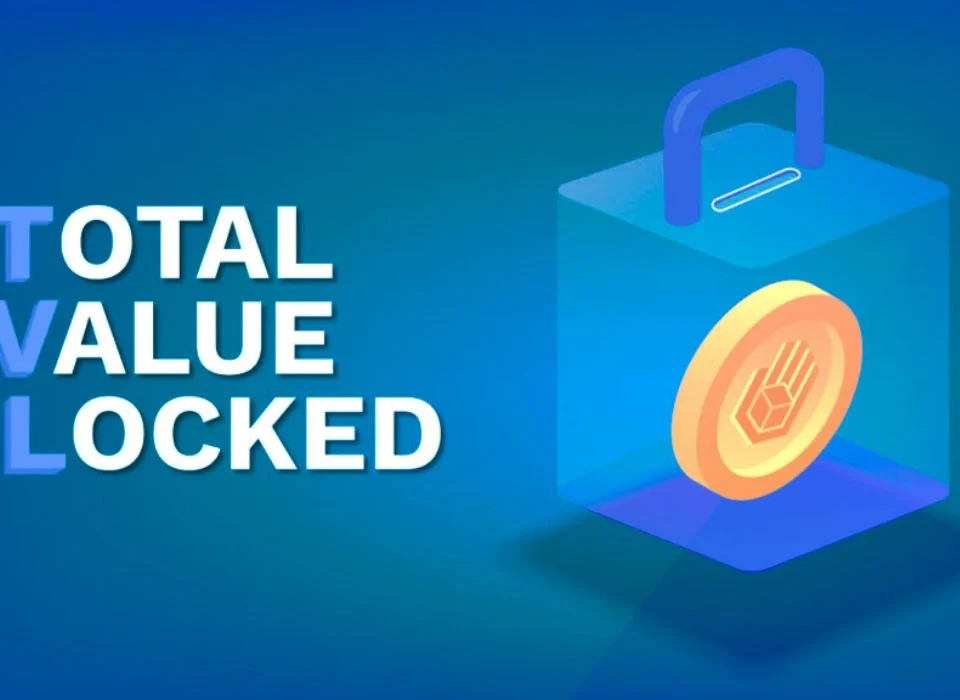
What is a Stablecoin in Cryptocurrency? Types of Stablecoins
18/05/2024
How to Participate in a Crypto Airdrop
19/05/2024Understanding Staking in Cryptocurrencies
Staking has become an increasingly popular concept in the cryptocurrency world, offering a way for investors to earn rewards by participating in the network operations of certain blockchain projects. This article will provide a comprehensive understanding of what staking is, how it works, its benefits, and the potential risks involved. By the end of this article, you will have a clear understanding of staking and how it can fit into your cryptocurrency investment strategy.

What is Staking?
Staking is the process of actively participating in the validation of transactions on a proof-of-stake (PoS) blockchain network. Unlike proof-of-work (PoW) systems like Bitcoin, which rely on mining to secure the network, PoS networks rely on validators who lock up a certain amount of cryptocurrency in the network as a form of collateral. In return, these validators earn rewards in the form of additional cryptocurrency tokens.
How Does Staking Work?
To understand how staking works, it’s essential to grasp the basics of proof-of-stake consensus mechanisms. In PoS networks, validators are chosen to create new blocks and validate transactions based on the number of coins they hold and are willing to “stake” as collateral. Here’s a step-by-step breakdown of the staking process:
- Selecting a Cryptocurrency: Not all cryptocurrencies support staking. Popular PoS cryptocurrencies include Ethereum 2.0 (ETH), Cardano (ADA), Polkadot (DOT), and Solana (SOL). Each of these has its own staking requirements and rewards.
- Choosing a Wallet: You need a wallet that supports staking for the specific cryptocurrency you wish to stake. Official wallets or well-known third-party wallets like Ledger, Trust Wallet, or Exodus often support staking functionalities.
- Locking Up Coins: Once you have your wallet set up, you need to lock up a certain amount of coins in the network. This process involves delegating your coins to a validator or becoming a validator yourself.
- Earning Rewards: Validators are selected to propose and validate new blocks based on the amount of cryptocurrency they have staked. In return for their service, validators earn rewards, which are typically distributed among all participants who have staked their coins with the validator.
Benefits of Staking
Staking offers several benefits that make it an attractive option for cryptocurrency investors:
- Passive Income: By staking your cryptocurrency, you can earn passive income in the form of staking rewards. This can be an excellent way to grow your investment without having to trade actively.
- Network Security: Staking helps secure the blockchain network. By locking up their coins, stakers contribute to the network’s security and stability, making it more resistant to attacks.
- Lower Energy Consumption: Compared to proof-of-work systems, proof-of-stake networks require significantly less energy. This makes staking a more environmentally friendly option for supporting blockchain networks.
- Increased Value: As more people stake their coins, the circulating supply of the cryptocurrency decreases, which can potentially increase the value of the token.
Potential Risks of Staking
While staking can be beneficial, it’s important to be aware of the potential risks involved:
- Market Volatility: The value of the staked cryptocurrency can fluctuate significantly. If the price drops, the value of your staked coins and the rewards you earn can decrease.
- Lock-Up Periods: Many staking protocols require you to lock up your coins for a specific period. During this time, you cannot access or trade your staked assets, which can be a disadvantage if the market conditions change.
- Slashing: In some PoS networks, validators can be penalized for malicious behavior or for failing to validate transactions correctly. This process, known as slashing, can result in the loss of a portion of the staked coins.
- Technical Risks: Running a validator node requires technical knowledge and infrastructure. If you choose to run your own node, you must ensure it operates correctly to avoid penalties and maximize rewards.
How to Start Staking
Here’s a step-by-step guide to help you start staking:
- Research: Before you start staking, research different PoS cryptocurrencies and their staking requirements. Consider factors such as staking rewards, lock-up periods, and potential risks.
- Choose a Wallet: Select a wallet that supports staking for your chosen cryptocurrency. Make sure it is secure and easy to use.
- Select a Validator: If you’re not running your own node, choose a reliable validator to delegate your coins. Look for validators with a good track record, low fees, and high uptime.
- Stake Your Coins: Transfer your coins to the wallet and follow the staking process to delegate them to a validator. Ensure you understand the terms and conditions, including any lock-up periods.
- Monitor Your Investment: Keep track of your staked coins and the rewards you earn. Stay informed about any changes to the staking protocol or the performance of your chosen validator.
Conclusion
Staking is an innovative way to earn rewards in the cryptocurrency ecosystem, offering benefits such as passive income, enhanced network security, and lower energy consumption. However, it also comes with risks like market volatility and potential penalties. By understanding how staking works and carefully choosing the right cryptocurrency, wallet, and validator, you can maximize your returns while minimizing risks. As the cryptocurrency landscape continues to evolve, staking is likely to play an increasingly important role in how investors engage with and support blockchain networks.
Links:



